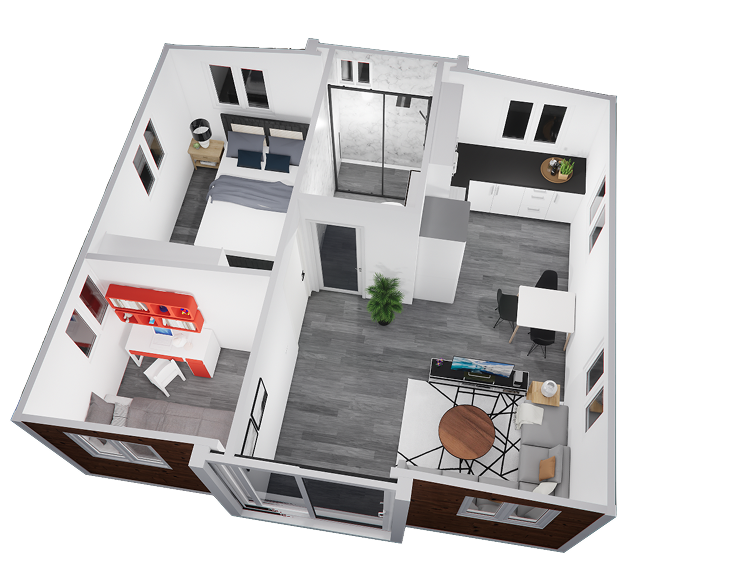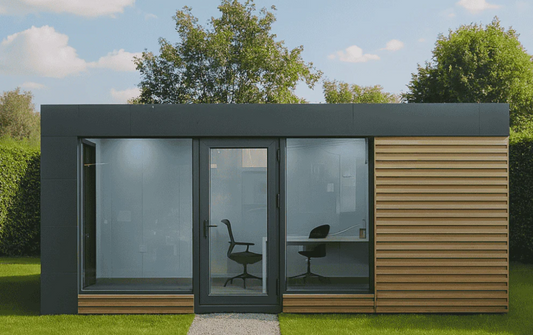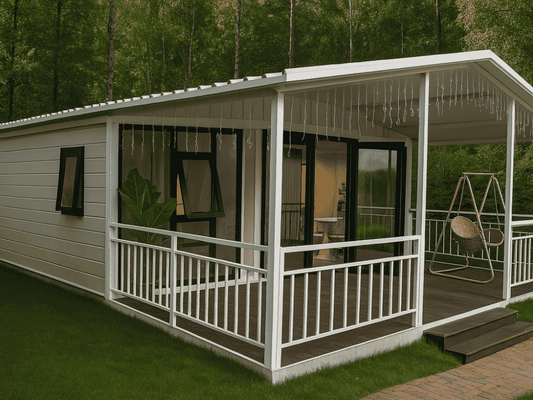Find Your Freedom When You Buy a Tiny House in California
Owning a home in California feels impossible. Sky-high prices, bidding wars, and endless mortgage payments stand in the way.
But there’s another way.
More young people are ditching the 30-year mortgage and choosing tiny home living instead. Why? It costs a fraction of a traditional home, is built for efficiency, designed to fit your lifestyle, and—if you go for RV models—it can move with you.
No more paying rent for someone else’s property. You own it. You control it.
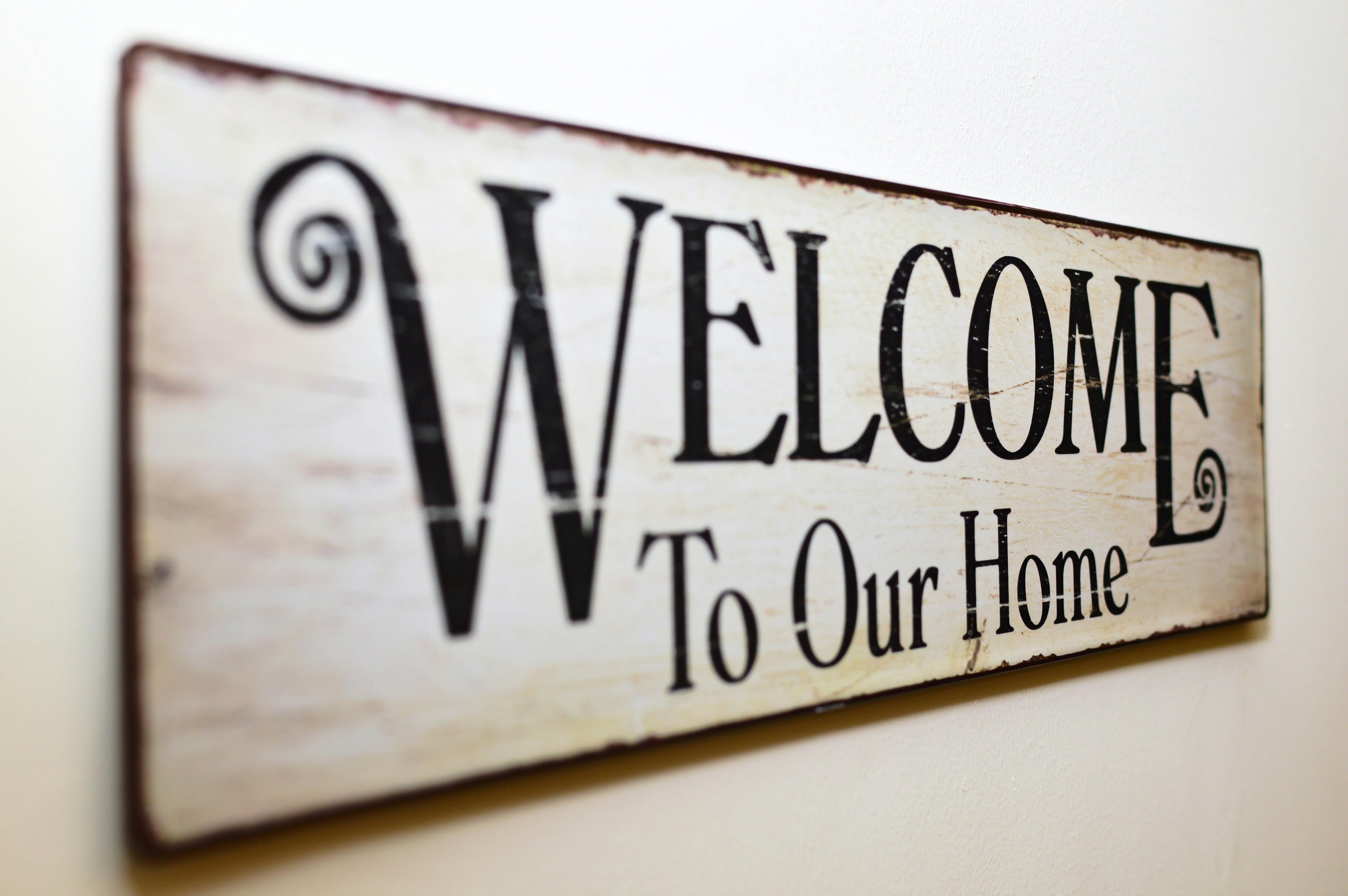
In a time when homeownership is out of reach for many, tiny homes give you a real shot at stability. They’re legal in more cities than ever, and new laws are making them easier to finance.
If you’ve been waiting for the right moment to chase your tiny house dreams, this is it. This guide will help you turn that dream into reality.
What Defines a Tiny House?
It’s not just a shed with a bed. It’s a fully functional home, packed with everything you need—without the excess you don’t.
Legally, tiny homes are usually under 400 square feet. Some sit on wheels, making them easy to move. Others are built on foundations, perfect for a permanent setup.
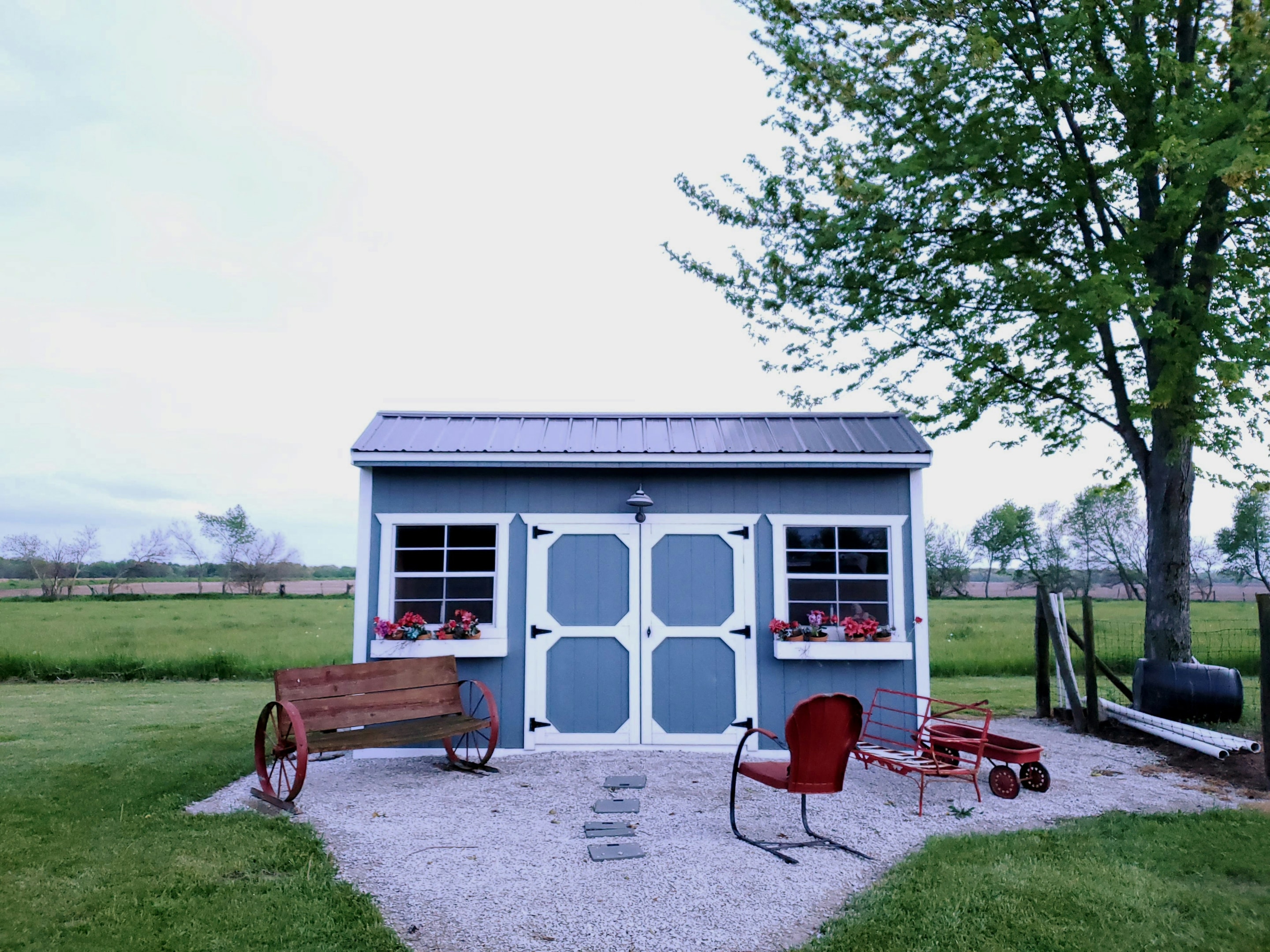
Some are built from scratch. Others are prefabricated and delivered move-in ready. Many meet recreational vehicles (RV) standards, allowing them to park in RV parks or dedicated tiny home communities.
Living small doesn’t mean living less. It means designing smarter.
Every inch is intentional. Lofted beds, foldable furniture, and multi-use spaces make tiny homes feel much larger than they are. High ceilings and large windows keep them bright and open.
Why Tiny Living Just Makes Sense
Big houses mean big costs.
High mortgages, expensive maintenance, and endless bills can drain your finances for decades. Tiny living flips that equation. You spend less, own your space faster, and free yourself from debt.
It’s no surprise that high quality tiny homes are becoming the choice in California.
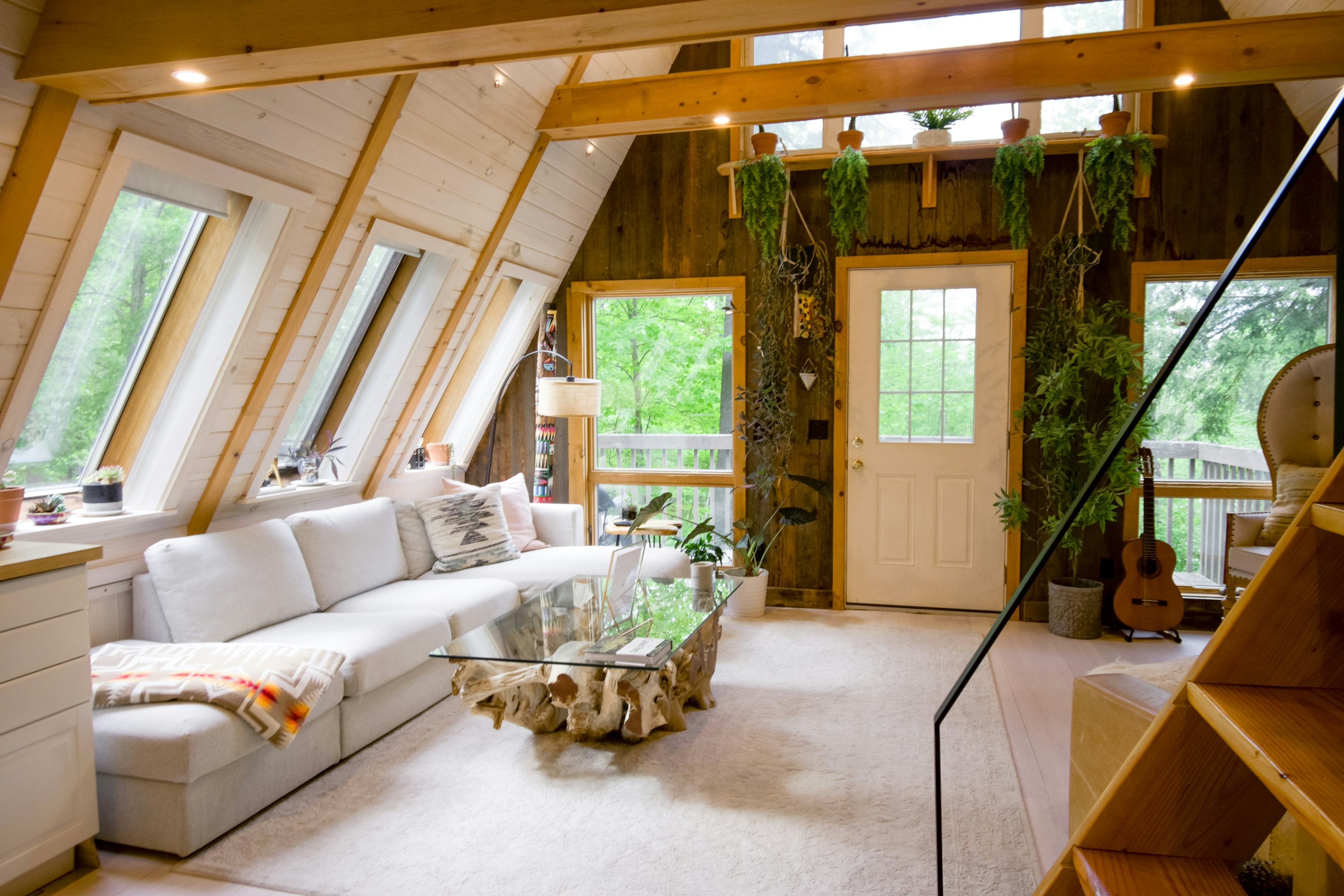
An Affordable Path to Homeownership
The median home price in California is $800,000. A tiny home? You can find one for as little as $30,000. Even luxury high quality tiny homes rarely cross the $150,000 mark.
Less debt means more freedom. You’re not locked into a mortgage that eats half your paycheck. You can save, travel, or invest—without sacrificing a place to call home.
And forget hiring an army of contractors. Many tiny home builders offer turnkey models that arrive move-in ready. Others provide kits for DIY enthusiasts who want to build their dream space at an affordable price.
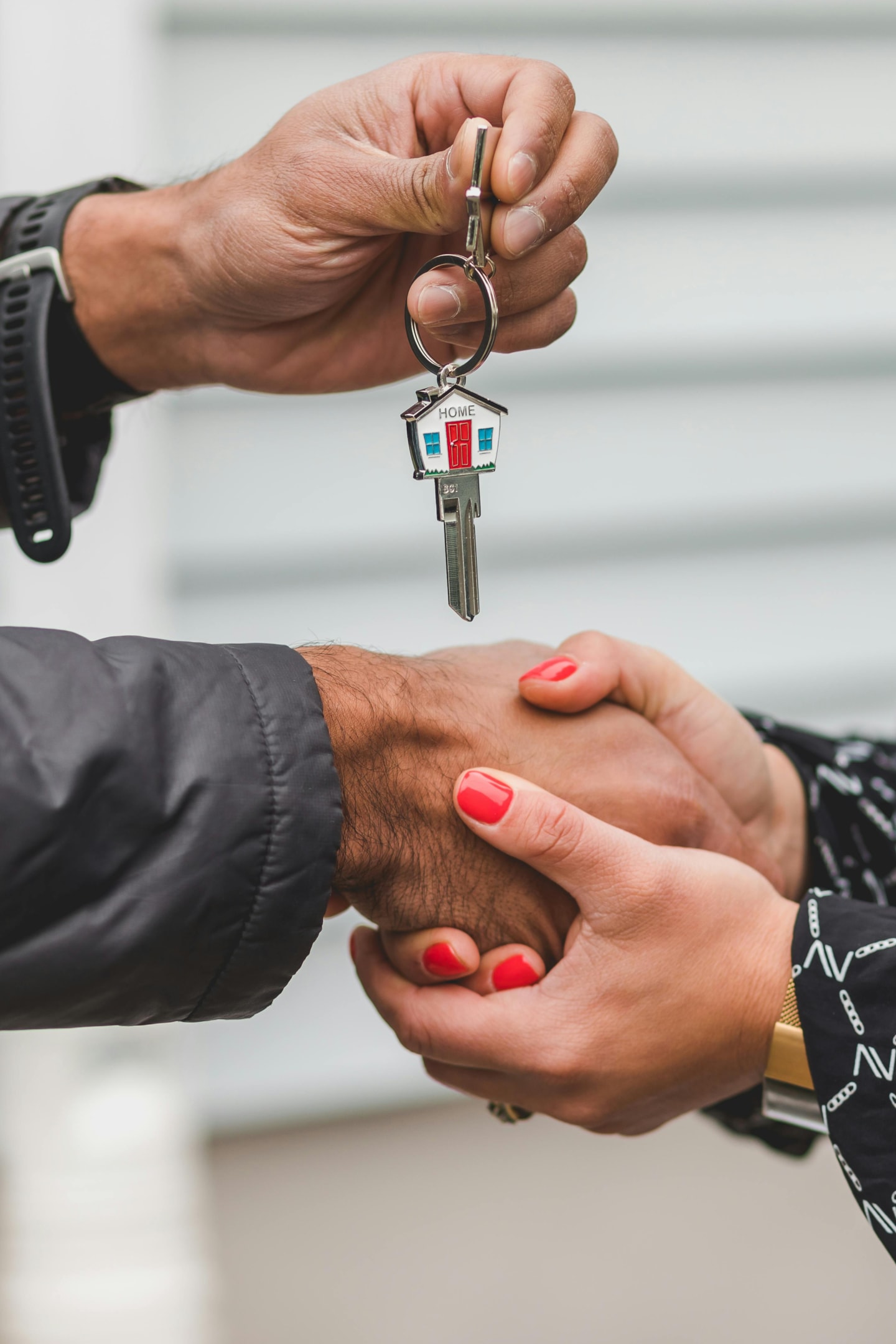
Own your dream space without breaking the bank with Home Drop. The Compact Haven (380 sqft) and Grand Oasis (760 sqft) start at just $249/month, making homeownership easy and affordable. Flexible payments mean you can move in sooner in a unit with high-quality building materials
—without the stress of a huge upfront cost.
Style That Doesn’t Sacrifice Function
Small doesn’t have to be plain.
Tiny homes are designed with style and efficiency in mind. Smart layouts, modern materials, and sleek interiors make every square foot count. Living areas to guest suites, you can have it all without wasting an inch of space.
There are even homes with high-end finishes, including custom cabinetry to luxury flooring. You’ll find double-pane windows, fiber cement siding, and premium insulation—features that rival traditional homes.
With Home Drop, you’re in control. Customize layouts, finishes, and features in our easy-to-use 3D tool—so your home fits your style, needs, and budget perfectly.
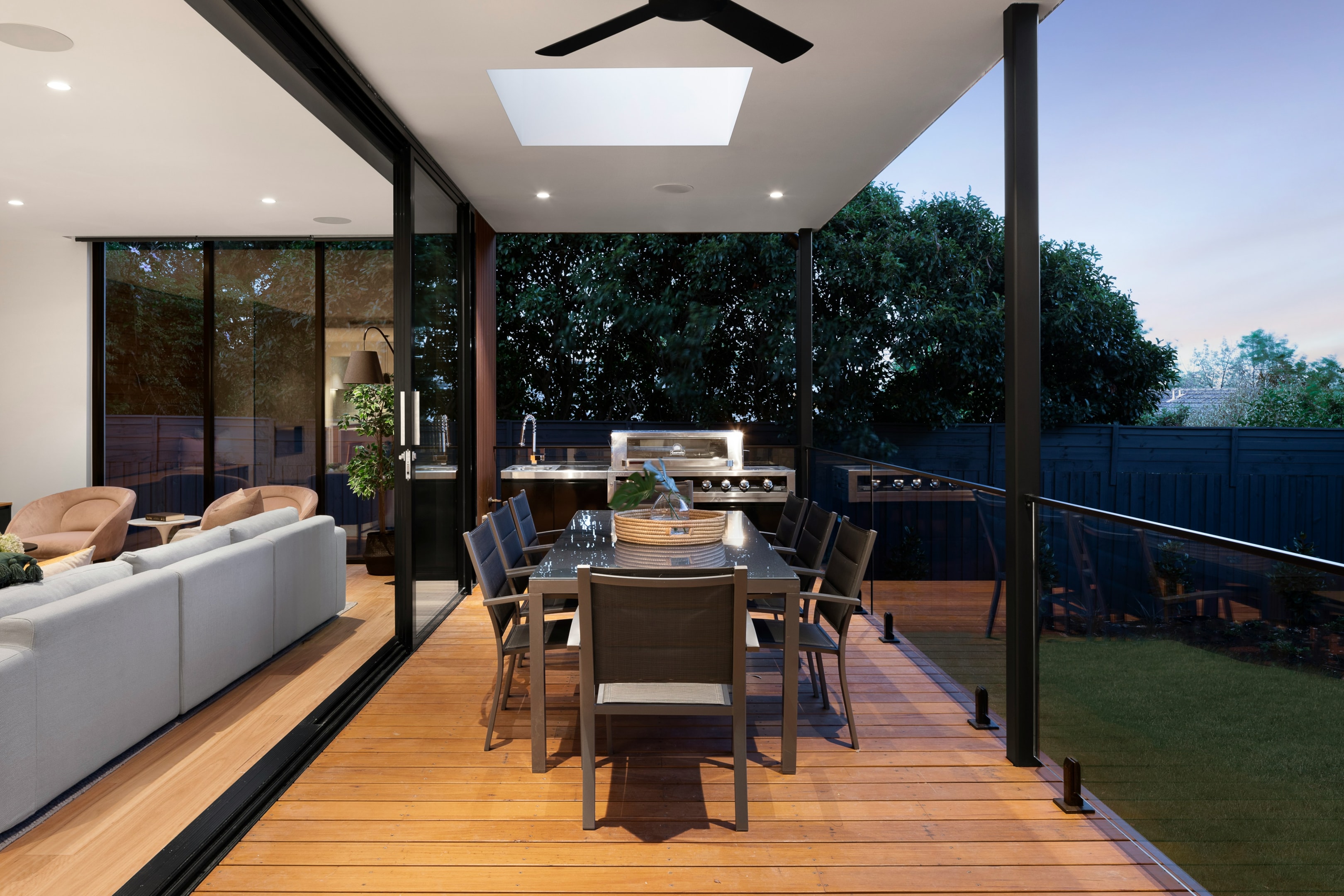
Lower Bills, Less Waste, More Freedom
With a smaller footprint, your heating and cooling bills drop dramatically. Many homes come with energy efficiency upgrades, including solar panels, LED lighting, and high-performance insulation.
Want an even greener setup? Some tiny home owners live completely off-grid, using rainwater collection, composting toilets, and solar batteries to power their homes.
Less waste. More control. A home that works for you—not the other way around.
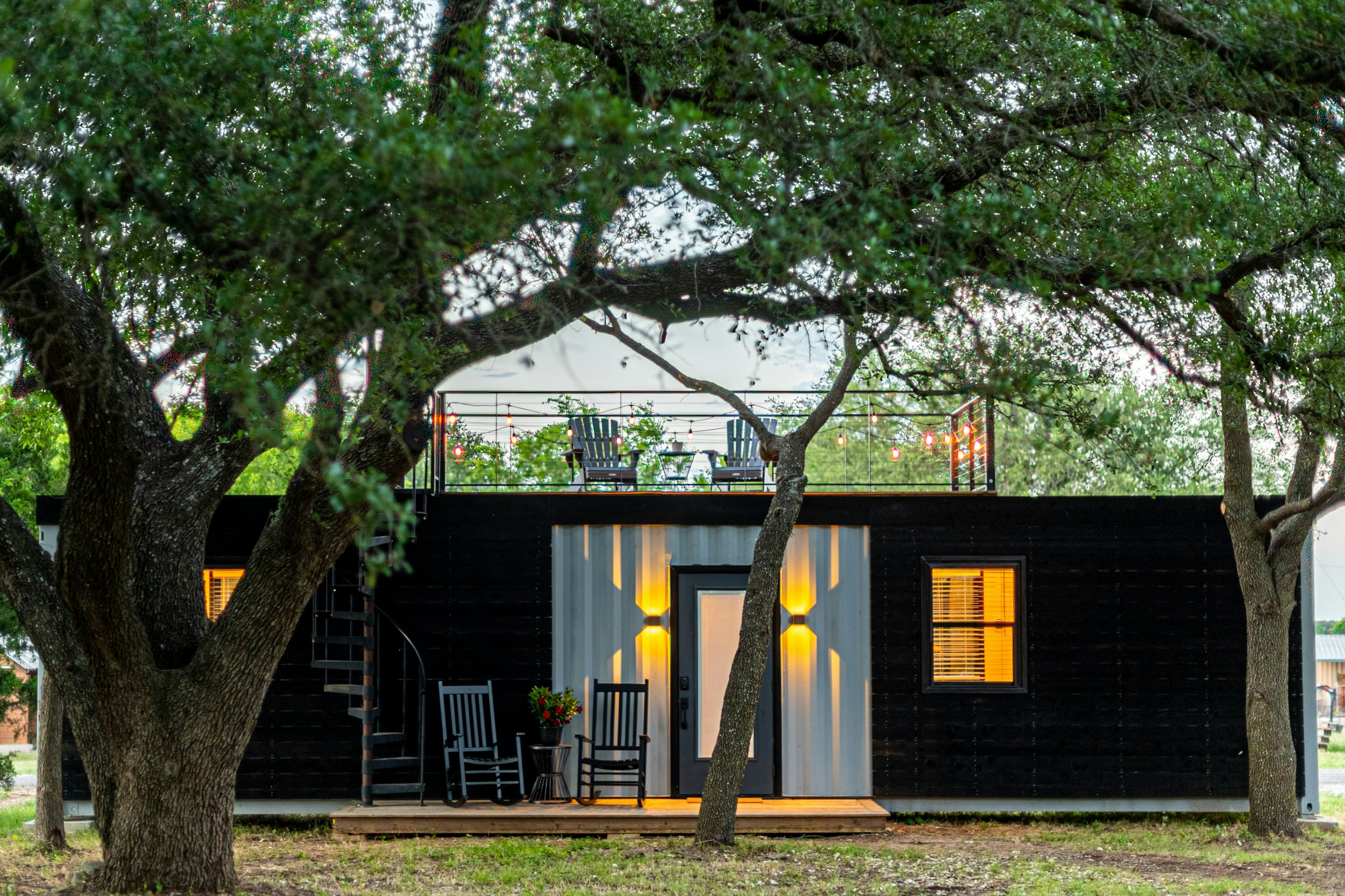
Legal Considerations You Need to Know Before You Buy a Tiny House in California
What are the hoops you need to jump through?
Zoning Laws and Regulations
California has zoning laws that dictate where and how you can legally live in one.
Los Angeles, Fresno, and San Diego allow tiny homes on wheels as Accessory Dwelling Units (ADUs), meaning you can legally park one in a backyard. Placer County even lets you use a movable tiny home as a primary residence—if it meets specific conditions.
Other counties? Not so much.
The Parking Factor
Many still treat wheeled tiny homes like recreational vehicles, which limits where you can park. That’s why checking zoning rules before you buy is critical. Some areas require you to work with a general contractor to ensure compliance with federal standards and local code books.
Breaking these rules can get expensive. If your home isn’t legally zoned, you might be forced to move or pay steep fines.
Before making any commitments, contact your local planning department, get clarity on zoning laws and employ trained technicians.
Building Codes and Standards
Size isn’t the only thing that matters. Tiny homes must meet California Building Standards Code to be considered legal dwellings.
That means minimum room sizes, proper insulation, and fire safety measures.
Some of the standard features required include:
-
A minimum ceiling height of 7 feet 6 inches
-
At least one room with a gross floor area of 120 square feet
-
Safe and functional plumbing and electrical systems
If you’re buying a tiny house on wheels, your home must meet recreational vehicle (RV) standards. That means going through a rigorous quality inspection to confirm it’s roadworthy and habitable.
Materials also matter. Many high-quality tiny homes come with fiber cement board siding for durability, premium exterior caulking to prevent leaks, and tempered windows for safety. Such details can make or break your chances of passing inspections.
A tiny home that doesn’t meet federal standards might not be eligible for permanent placement or financing.
Permitting Process
Before moving forward, your home undergoes an approval process to ensure it meets all legal requirements. This can take weeks—or even months—depending on your location. Sure, it’s no fun, but ignoring it can ruin your tiny home dreams.
-
Research Local Ordinances – Each city and county has different rules. Make sure your tiny home is allowed before making a purchase.
-
Submit Your Building Plans – Whether you’re buying a pre-built home or working with a knowledgeable sales specialist, you need to submit plans that show your home meets code books and safety requirements.
-
Schedule Inspections – Inspectors will verify that your home is structurally sound and built to legal standards. If anything is off, you may need to make changes.
Some builders keep you updated with regular build process updates, so you know what’s happening every step of the way. If you’re working with a company, ask about their permitting support—some handle the paperwork for you.
A tiny home without proper permits can be forced off the land or denied essential services like electricity and water.
Financing Your Tiny Home And Making It Work For Your Budget
How much do you really need? And how do you pay for it?
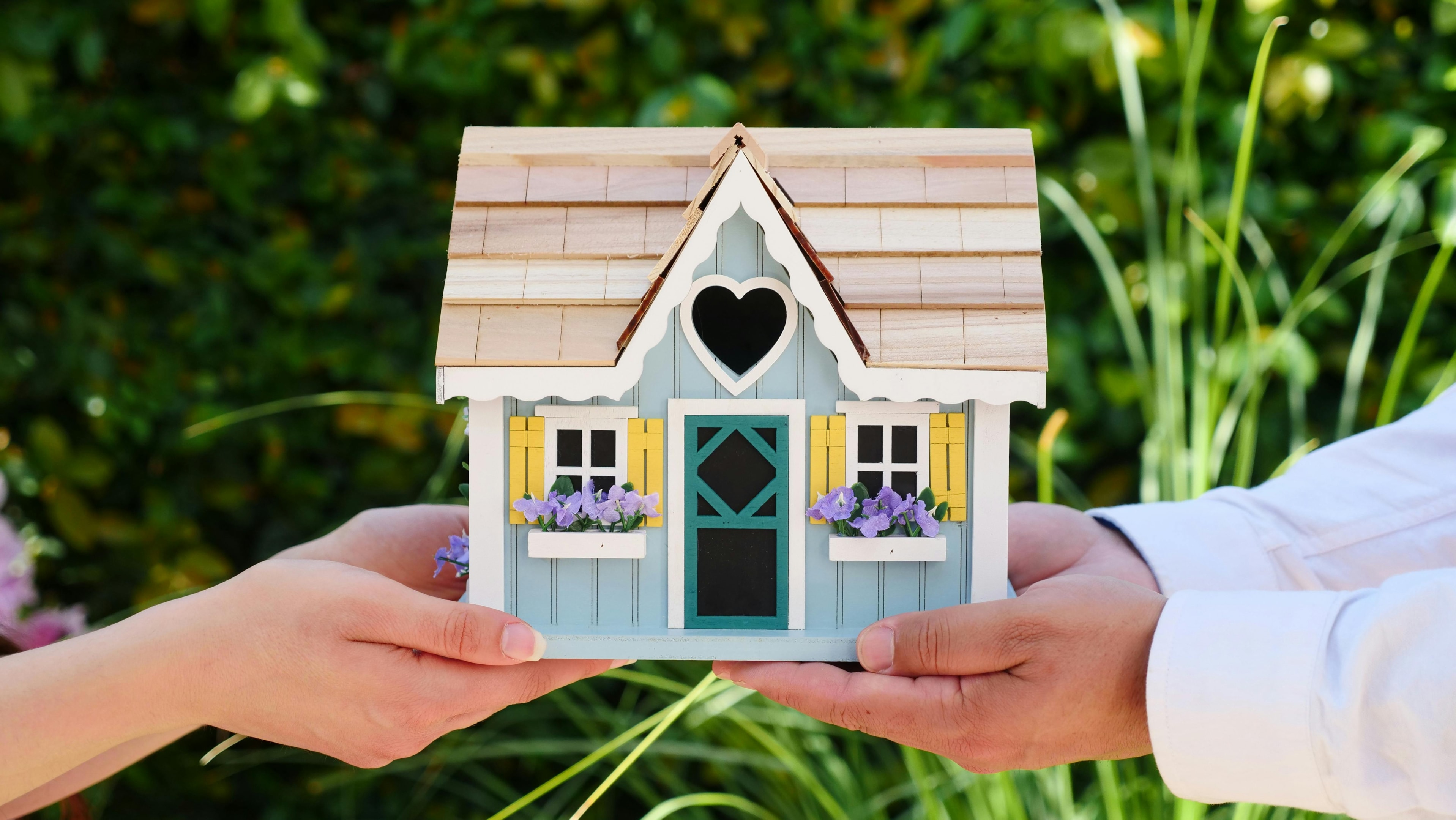
Budgeting for Your Tiny House
You don’t have to spend 6 figures to get your tiny home in California. Affordable options even ranging at $50,000 exist if you plan carefully.
In addition to size, here are other factors that affect your cost:
-
Materials: High-end finishes, solar panels, and eco-friendly materials raise the price.
-
Foundation vs. Wheels: A permanent home may involve additional costs for permits and land.
-
Land: If you’re buying land, expect to pay around $21,464 per acre in California.
If you want the best value, know your exact preferences before you start shopping.
Financing Options
Traditional mortgages are not usually an option for most tiny homes.
But that doesn’t mean you have to pay upfront. Many buyers work with trusted finance partners to make tiny home ownership possible.
Finding the Right Fit
Here are your main choices:
-
Personal Loans – Some banks and credit unions offer loans specifically for tiny homes. Interest rates vary, so compare options.
-
RV Loans – If your tiny house is on wheels and meets RV standards, you might qualify.
-
Builder Financing – Some one-stop shop builders offer financing or connect you with lenders.
A positive experience starts with the right financing. Talk to lenders who understand tiny home needs and won’t push you into bad deals.
Grants and Assistance Programs
Some cities and counties want more tiny homes—and they’re willing to help pay for them.
California offers grants for small housing projects, sometimes covering up to $40,000 for pre-construction costs.
If you’re in the right city, you might get help with land development, permitting, or construction. Some programs are designed to make affordable housing easier for customers with a long-term vision for tiny home living.
See which grants are available
Designing Your Tiny Home to Get the Most Out of Every Inch
Space matters—even in a tiny house.
The right layout, materials, and features can make the difference between a home that feels cramped and one that feels open, comfortable, and perfectly tailored to you.
Space Optimization
Clever design makes all the difference. Interior space is maximized with multi-functional furniture, hidden storage, and vertical shelving. Every inch is intentional.
Your main living area can be designed to do it all, right down to having a home office and stylish space for the guests.
Forever Tiny Homes Where Function Meets Style
Home Drop’s homes come with smart features like wall-mounted fold-out tables, lofted sleeping areas, and convertible seating. Even a smart TV can be mounted strategically to save space.
Modern front door hardware and wide entryways create an open feel, making the space look bigger than it is. And large windows bring in natural light, adding to the airy, welcoming vibe.
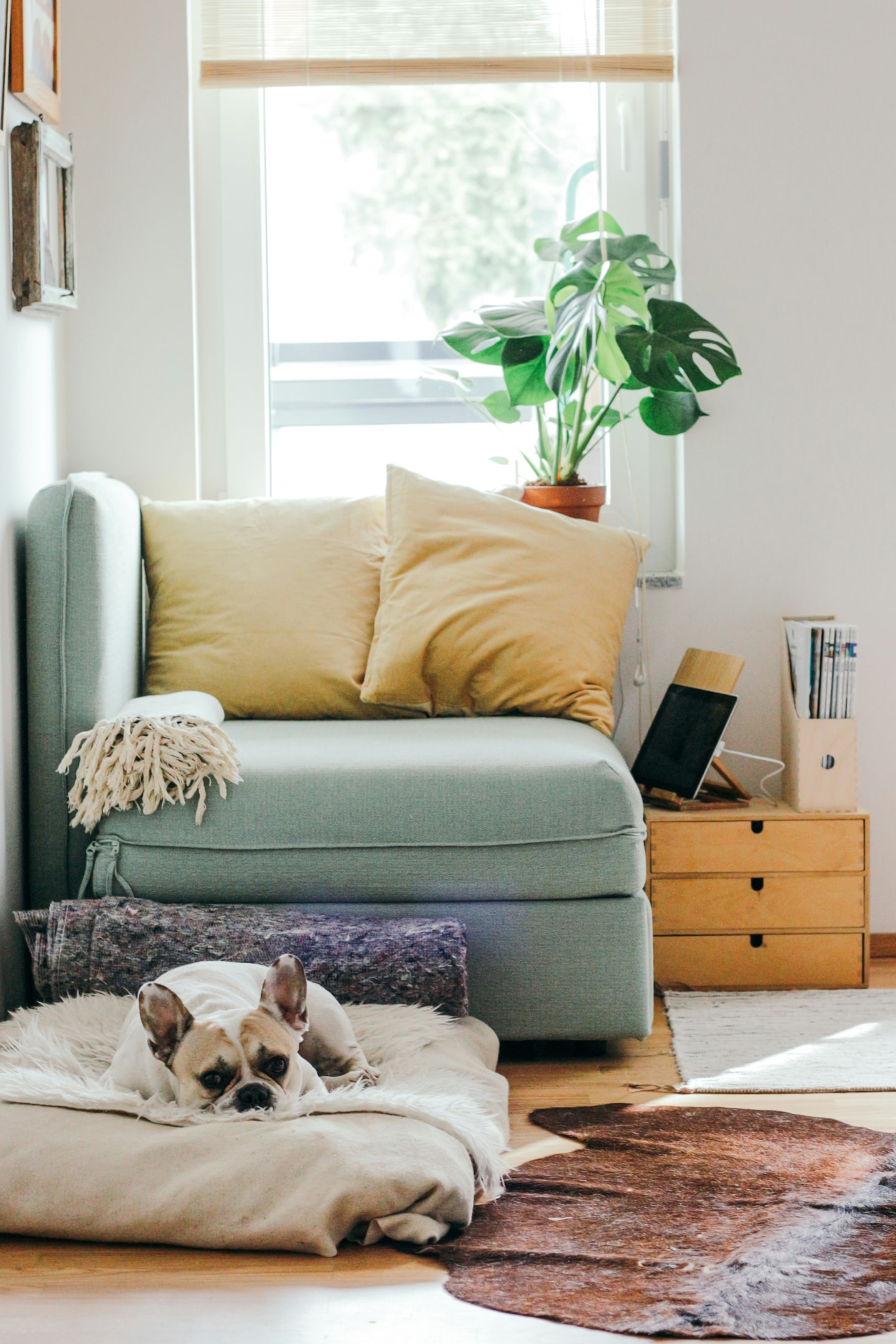
Building Tiny Homes with Sustainable Features
A home shouldn’t just be affordable upfront—it should save you money for years.
Go big on designs that focus on energy efficiency, cutting down your bills while keeping you comfortable.
Energy Savings That Last
Examples include:
-
Insulated walls, floors, and ceilings keep heat in during winter and out during summer.
-
Double pane windows reduce energy loss while bringing in natural light.
-
Pergo Outlast flooring offers durability without the need for costly replacements.
-
Fiber cement board siding ensures weather resistance with minimal maintenance.
Tiny Living With Personalization
A tiny house shouldn’t feel like a box. It should feel like your home.
Home Drop makes it easy to custom build your perfect space. Whether you want a sleek modern look or a rustic feel, you have control over the details.
Your Home, Your Way
-
Choose your layout, from open-concept to sectioned spaces.
-
Pick high-quality door hardware, kitchen finishes, and bathroom fixtures.
-
Select your preferred flooring, wall textures, and built-in storage solutions.
And it’s not just about looks. Functionality matters. That’s why trained technicians handle every step of the build, ensuring your home meets exact specifications without cutting corners.
HomeDrop’s homes are built to last for many years, growing with you and adapting to your needs.
Where Can You Put Your Tiny House in California?
Location, location, location. There’s more to it than meets the eye.
Finding Land for Your Tiny Home
If you want to live in your tiny house full-time, you need land. But you can’t just buy any plot and call it home.
California has zoning rules that determine what type of housing is allowed on specific land. Some areas allow tiny homes as primary residences. Others restrict them to ADUs in someone’s backyard.
That’s why it’s important to have a clear vision of where you want to live before you buy land.
Here’s what you can do:
1. Buy Land in a Tiny-Home-Friendly Area
Some counties actively support tiny living. Places like Fresno, San Diego, and Los Angeles have adjusted their zoning laws to accommodate tiny homes. Before making a purchase, check local ordinances or consult a general contractor who understands zoning laws.
2. Lease Land in a Tiny Home Community
Some communities rent space specifically for tiny homeowners. Park Delta Bay, for example, offers long-term tiny house parking with access to utilities. It’s a great option if you want the benefits of homeownership without the headache of buying land.
3. Use Someone Else’s Property
If you know a homeowner willing to host your tiny house, you might be able to set up as an ADU on their property. Some cities allow this under certain conditions, and it can be a win-win arrangement.
Check out Park Delta Bay’s tiny home community
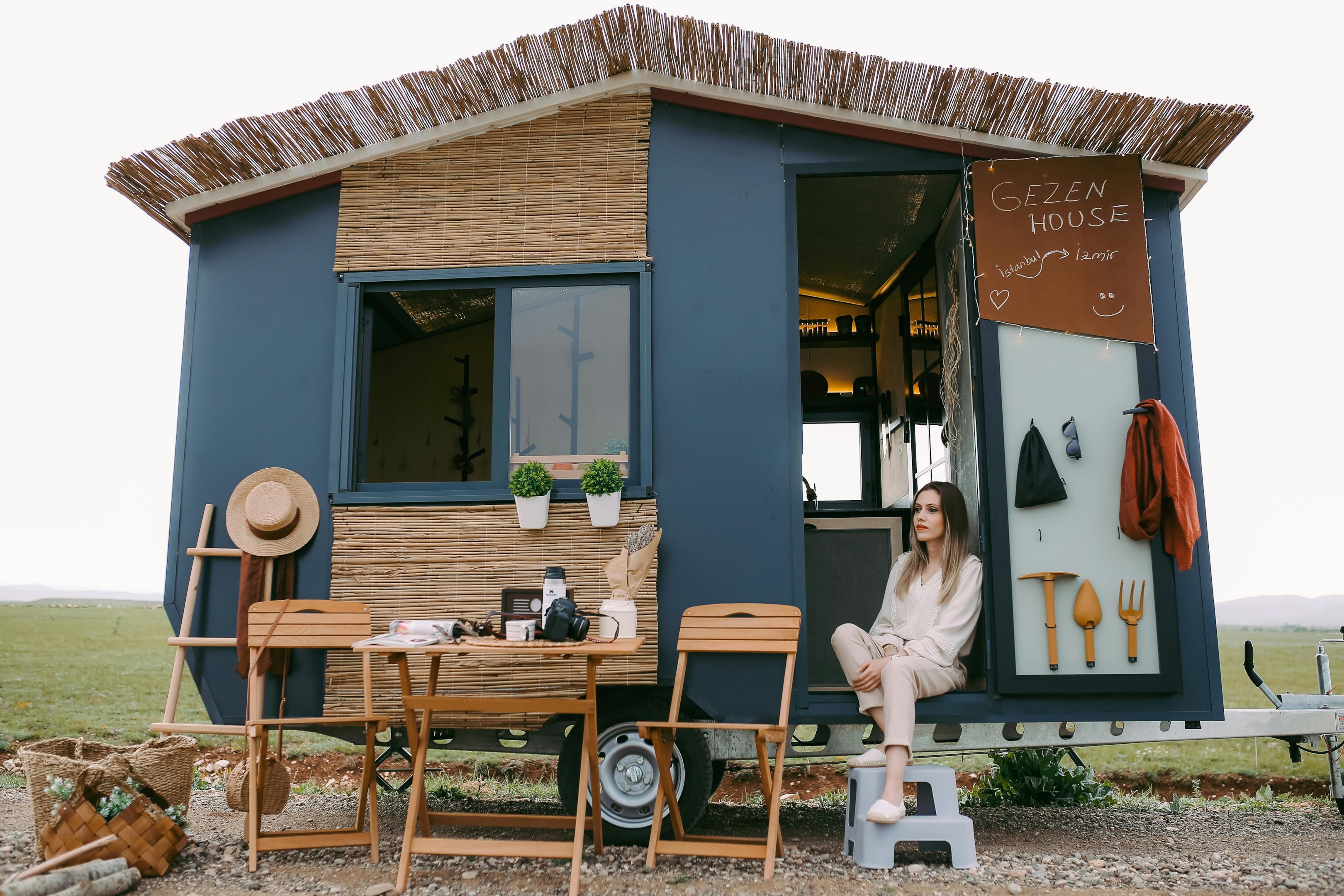
Utility Connections for Tiny Homes
Whether you’re setting up in a backyard, a rural lot, or a modern community, you need access to water, electricity, and sewage.
-
Electricity – Your home can be connected to the grid, just like a traditional house. Prefer off-grid living? Solar panels can boost energy efficiency, but you’ll need a backup battery or generator.
-
Water & Plumbing – Even mobile setups need a water source. A portable tank or direct hookup works, while composting toilets reduce reliance on sewage systems.
-
Heating & Cooling – A mini split system keeps your space comfortable year-round, offering efficient heating and cooling with minimal energy use.
-
Cooking Appliances – Many compact homes use an electric cooktop instead of gas, making installation easier and maintenance simpler.
-
Durability & Insulation – High-quality standard features, like weather-sealed windows and fiber cement siding, help regulate indoor temperatures—cutting down on energy use and long-term costs.
Some builders handle utility setup, while others leave it to the homeowner. Be sure to check what’s included so you know exactly what to expect—no additional cost surprises!
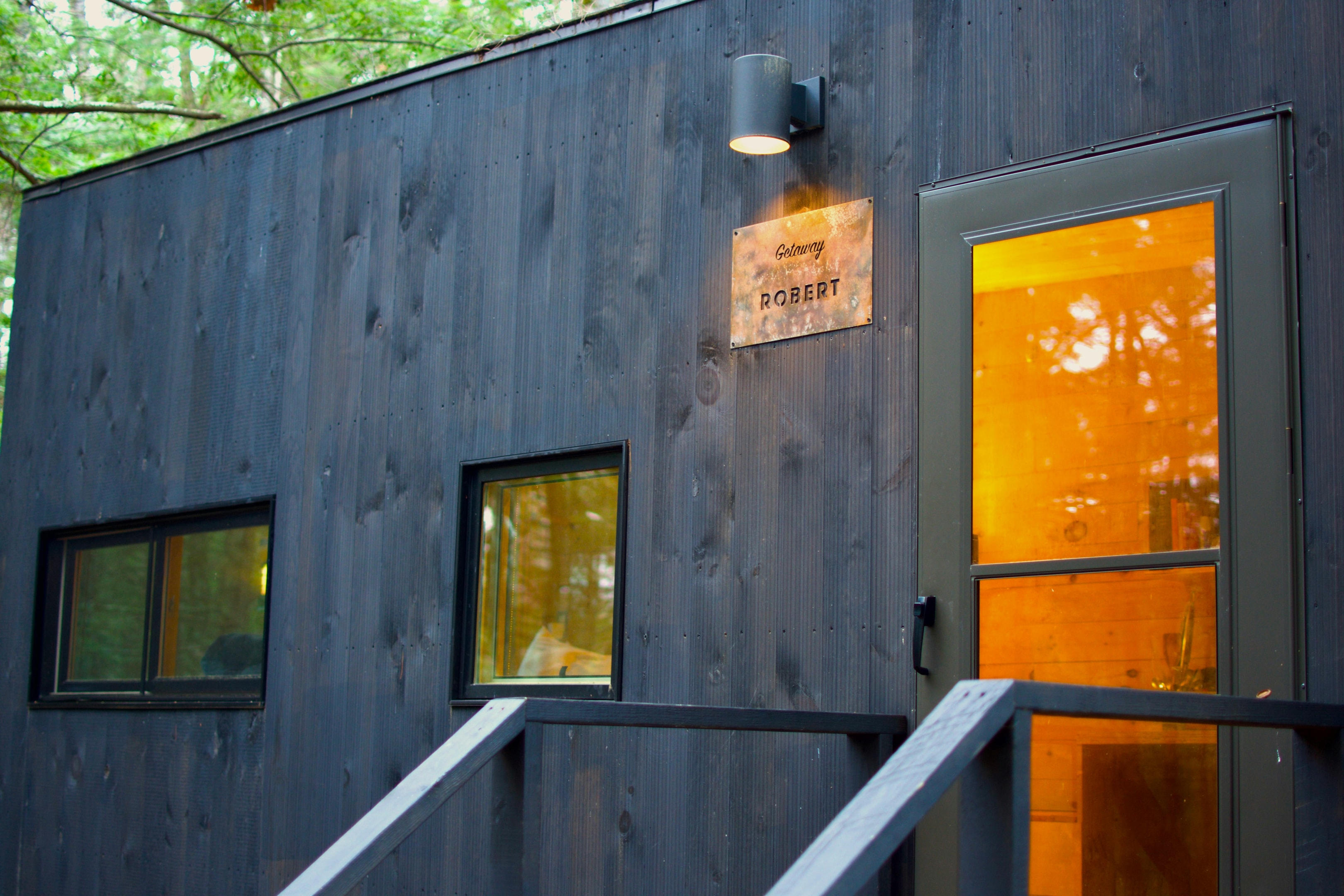
Your Dream Tiny Home Starts Here
At Home Drop, we make owning a tiny home simple, stylish, and stress-free. Homes built with your lifestyle in mind—be it a unit for your new family, a rental investment, or an eco-friendly space to call your own.
Create a space that’s affordable, adaptable, and truly yours.
